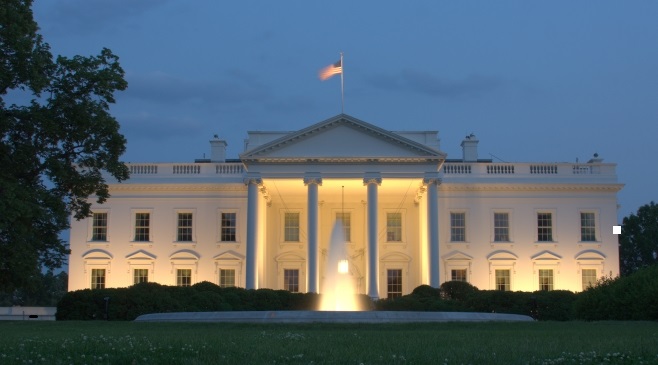[vc_row][vc_column width=”2/3″ el_class=”section section1″][vc_column_text]The House has approved a fiscal spending bill (HR-6147) that endorses Trump’s recommendation to keep federal salary rates frozen at existing levels next year. The strategy of remaining silent on a raise (the general government appropriations bill that was paired with another for floor voting) is nothing new. This method is one that has been used in previous years, which allows White House recommendations to become effective by default.
Although earlier given the thumbs up by its Appropriations Committee, the Senate counterpart bill provides a 1.9% rise in January. This would be split into 1.4 percentage points across the board while funds for the other 0.5 percentage point would be divided into various amounts by locality.
- Also Read: New Rules for Federal Employees in 2025: What You Need to Know to Stay Ahead
- Also Read: Seven TSP Fund Allocation Strategies Federal Employees Are Using to Strengthen Their Retirement Portfolios
- Also Read: Military Buyback for Federal Employees: Is It Really Worth It? Here’s What You Need to Weigh Up
The House bill does state that if a GS raise is paid, then wage grade employees would receive the same increase as GS employees in that area, even though they are not backing a lift. The pay caps for senior executives and other career employees in high-level pay systems where salaries are set within a range would be raised. However, for political appointees, pay would remain frozen regardless of whether or not a GS raise is paid.
Several long-running federal personnel policies would be continued, which would include the maintenance of the moratorium on starting “Circular A-76” studies, which in the past resulted in federal jobs being contracted out.[/vc_column_text][/vc_column][vc_column width=”1/3″][vc_single_image image=”19400″ img_size=”292×285″ style=”vc_box_shadow”][/vc_column][/vc_row]









